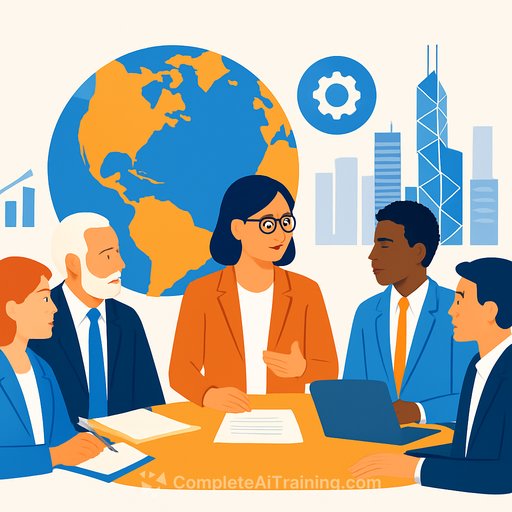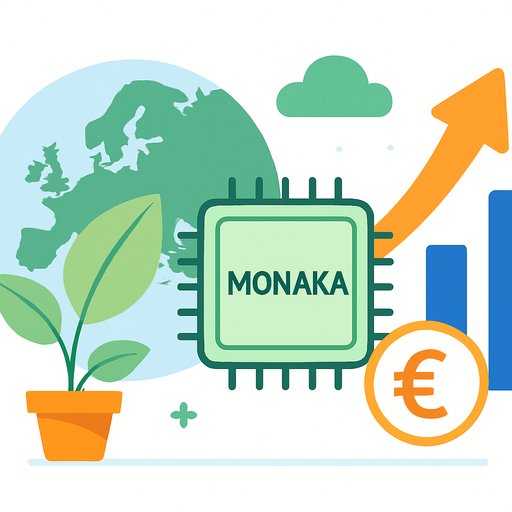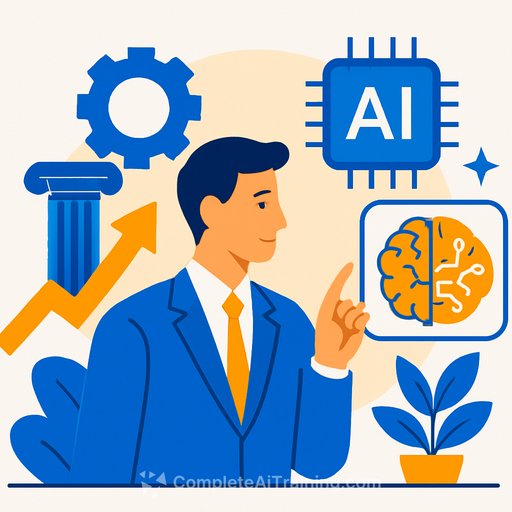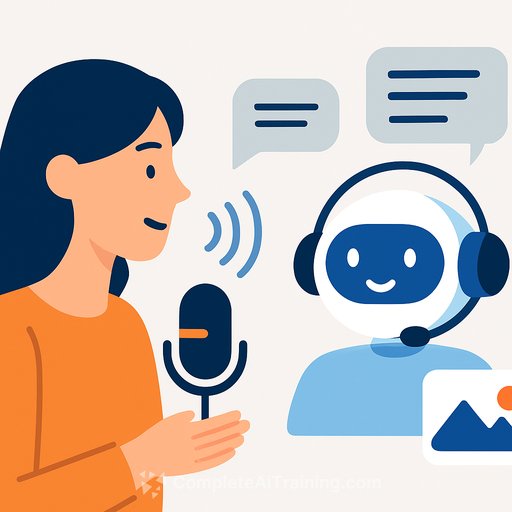AI, agility, and intergenerational learning: A playbook for product teams from Hong Kong's leadership forum
Global leaders gathered in Hong Kong to compare notes on what actually works as AI shifts how companies build, operate and learn. The throughline was clear: speed beats size, culture beats strategy and human literacy matters as much as technical skill.
If you build products, this isn't theory. It's the operating system for the next decade.
Balance AI fluency with human literacy
Northeastern University president Joseph E. Aoun pressed a simple idea with big consequences: you need to know what machines can do, and what only humans should do. That balance is how people stay useful across a full career.
For product leaders, that means teams with range. Engineers who can reason about ethics and edge cases. Designers who grasp model limits. PMs who question default automation and keep the customer's reality front and center.
- Pair technical upskilling with decision-making, communication and systems thinking.
- Build feedback loops where AI outputs are challenged by humans closest to the user.
- Adopt combined roles or "T-shaped" skill paths that blend disciplines.
Speed over size: get closer to the customer
"The absolute winning factor today is not size, it's speed," said Jean-Pascal Tricoire, chairman of Schneider Electric. Proximity to the customer is how you move fast without breaking what matters.
- Shorten your cycle time: smaller releases, tighter discovery, live metrics.
- Organize around customer problems, not internal functions.
- Push decisions to the edge: empower teams on the line to act without waiting.
Participants toured Schneider Electric's Hong Kong Innovation Hub to see electrification, automation and the Industrial Internet of Things applied to real infrastructure. The message for product teams: ship learning, not just features.
AI as infrastructure, experimentation as policy
Spencer Fung, executive group chairman of Li & Fung, talked about compressing supply timelines from a year to weeks. The move required a startup-like team, AI woven into workflows and air cover for experiments without immediate ROI.
His stance on AI was blunt: "If you don't have it, you're going to fall behind. If you have it, you're just going to be on par."
- Treat AI like your data platform or design system: shared, funded, and productized.
- Stand up small, autonomous pods to trial new operating models, then scale what works.
- Measure cycle time, error rates and adoption - not just model metrics.
Intergenerational learning is a competitive advantage
Kathy Sun highlighted the value of intentional, cross-generational exchange. The best ideas often come from the tension between fresh perspective and deep context.
- Run reverse mentoring: early-career talent teaches new tools; veterans teach hard-earned judgment.
- Codify learning through playbooks, office hours and internal talks. Make it normal to ask for help.
- Rotate people through different functions to reduce silos and stale assumptions.
Electrify everything, make it smart - but watch the grid
Tricoire laid out a "double shift" in energy: electrification plus digital intelligence to squeeze more efficiency from every asset. He also flagged a constraint product leaders should not ignore: power availability is becoming a bottleneck for AI at scale.
- Design for efficiency by default: lightweight models, edge inference, demand-aware features.
- Plan for power limits as a product requirement, not an afterthought.
- Explore regional differences early - centralized in some markets, decentralized in others.
For context on rising data center demand and grid pressure, see the International Energy Agency's analysis on electricity use and AI/data centers. IEA: Electricity system overview
Family business discipline: values that scale product decisions
Adriel Chan of Hang Lung Group spoke about running a public, family-controlled company with a long view. Their core values - integrity, sustainability, excellence, openness - act as constraints that speed decisions, not slow them.
- Adopt an "ownership" mindset in product: measure cash impact, not just usage.
- Use an asset-light approach when risk is high: lease, partner, API over build.
- Openness beats ego: challenge sacred cows, retire legacy bets, invite outside thinking.
Chan also pointed to practical sustainability wins: malls powered by renewables cut costs in the near term and over time. Good ESG often shows up first as better unit economics.
What product teams can do this quarter
- Map decisions across your product where AI helps, where humans must lead and where a hybrid makes sense.
- Set up a five-person "speed team" to cut one core cycle from months to weeks.
- Create a reverse-mentoring program and schedule your first cross-generational workshop.
- Stand up a shared AI service with common data access, observability and guardrails.
- Stress-test your roadmap against power, latency and compliance constraints by region.
Level up your team's AI capability
If you're building products and want a pragmatic path to skill up, explore role-based programs and certifications that focus on shipping outcomes, not theory. Complete AI Training: courses by job
Bottom line: Get closer to the customer, move faster than your size suggests and develop people who can think with machines and still make distinctly human calls. That's the edge.
Your membership also unlocks:






